How to Clean Your Mop Head (And Why It Might Be the Last Time You Do)
A clean home starts with clean tools, but the task of cleaning your mop is often overlooked. A dirty mop head doesn’t just fail to clean, it actively redistributes soil, bacteria, and grime across your floors. This is a crucial hygienic task that cannot be ignored. Even after a machine wash, trapped lint and debris can remain, negating all your hard work.
In this guide, we’ll detail the definitive methods for achieving a hygienic clean. More importantly, we will introduce the modern technology that elevates floor hygiene and solves this recurring chore for good.
Best Ways to Clean a Mop Head (and Keep It Germ-Free)
Cleaning a mop head is a straightforward process when you follow these essential steps.
Step 1: Rinse First
After every use, the first step is to rinse the mop head thoroughly under running water until the water runs clear. The goal is to mechanically purge loose dirt and grime. This action prevents the wash water from becoming immediately saturated with soil, which allows your detergent to work more effectively on embedded dirt.
Step 2: Pick Your Method: Machine Wash vs. Hand Soak
Machine washing is ideal for detachable cotton or microfiber heads. For sponge mops or non-detachable heads, the hand soak method is required.
Machine Washing (For Cotton, Microfiber, O-Cedar, Spin Mops)
Detergent: Use a small amount of mild liquid detergent for microfiber. Use heavy-duty laundry detergent for cotton; bleach can be added for deep disinfecting.
Wash microfiber separately or only with other non-linting synthetics (a mesh bag is recommended). Wash cotton with other durable cleaning items like rags.
Use warm or hot water on a gentle cycle for microfiber. Use hot water on a normal or heavy-duty cycle for cotton.
Do not use bleach or fabric softener on microfiber (they ruin the fibers). Bleach is safe for cotton if disinfecting is needed.
Hand Soak (For All Mop Types, Required for Sponge/Fixed Heads)
Fill a bucket with warm water and add a suitable cleaner (a few drops of mild dish soap for sponge mops; a small amount of laundry detergent for fiber mops).
Let the mop head soak for at least 10-15 minutes, then agitate it vigorously in the bucket to dislodge grime.
Drain the dirty water and rinse the mop head meticulously under clean, running water until no suds remain.
Step 3: Properly Dry the Mop Head
Proper drying is the most critical step to prevent mildew and odors.
Air Drying: This is the safest and most recommended method. Hang the mop in a well-ventilated area with the head up and fibers hanging down to allow for maximum air circulation. Sunlight is an excellent natural sanitizer.
Machine Drying: Use with extreme caution. High heat can melt and destroy microfiber. If you must use a dryer for microfiber, use a low-heat or no-heat/air-dry setting ONLY. Never use dryer sheets.
Don’t Turn Your Mop Into a Germ Spreader
The core issue with manual mops is moisture. A damp mop that has not been properly dried before storage becomes an ideal incubator for bacteria, mold, and mildew. This microbial growth is the direct cause of musty odors and turns your cleaning tool into a contamination tool, spreading a biofilm of germs with every use.
When to Replace Your Mop Head (The Mop Head Lifecycle)
Even with perfect care, mop heads are consumable tools with a finite lifespan. Knowing when to replace yours is essential for maintaining a clean and hygienic home. While lifespans vary (cotton: 15-50 washes; microfiber: 200-500+ washes; sponge: 2-6 months), the condition is what matters most.
Look for these definitive signs that it's time for a replacement:
Persistent Odors: A musty smell that remains even after a deep, sanitizing clean.
Visible Wear: Fraying strands on a string mop or a crumbling, brittle sponge.
Permanent Discoloration: Deep-set stains that won't wash out indicate trapped grime.
Poor Performance: The mop head no longer absorbs well, feels slimy, or leaves streaks on the floor.
No More Dirty Mop Heads: Meet Robot Vacuums with Self-Cleaning Mops
Imagine a system that completely automates the entire mopping process, including the cleaning of the mop itself. This technology exists in today's advanced robotic mops , which use intelligent docking stations to handle the entire cycle of washing, rinsing, and drying their own mop pads. The system uses clean water for washing and extracts the dirty water into a separate tank, ensuring the robot always cleans with a hygienic tool and eliminates cross-contamination for a consistently spotless floor.
The most advanced of these systems have refined this process into a science, addressing every single pain point of manual mop care.
For instance, the docking station for a device like the Dreame X50 Ultra is engineered to replace the entire manual cleaning protocol. Instead of a simple rinse, it uses Hot Water Auto-Washing at up to 176℉ (80°C), a temperature specifically chosen to dissolve the stubborn oil and grease from its mop pads that a typical washing machine cycle can leave behind.
Crucially, it provides a definitive solution to the number one cause of mop odors. After the mops are washed, a Hot Air Mop Drying feature circulates heated air to ensure they are completely dry, hygienic, and ready for the next use. This single function is designed to permanently prevent the growth of mildew and the development of that musty, sour smell.
Conclusion: Clean Your Mop Today, Automate it for Tomorrow
A dirty mop will only push germs around your home. To ensure a hygienic clean, it's essential to follow a strict protocol: rinse after every use, wash according to the mop's material, and—most importantly—allow it to dry completely before storing it away. This diligence is the key to preventing odors and maintaining an effective cleaning tool.
For those ready to eliminate this chore entirely, automated technology offers a complete solution. By investing in a system that cleans and maintains itself, you can ensure your floors are not just visibly clean, but hygienically spotless, day after day.


















































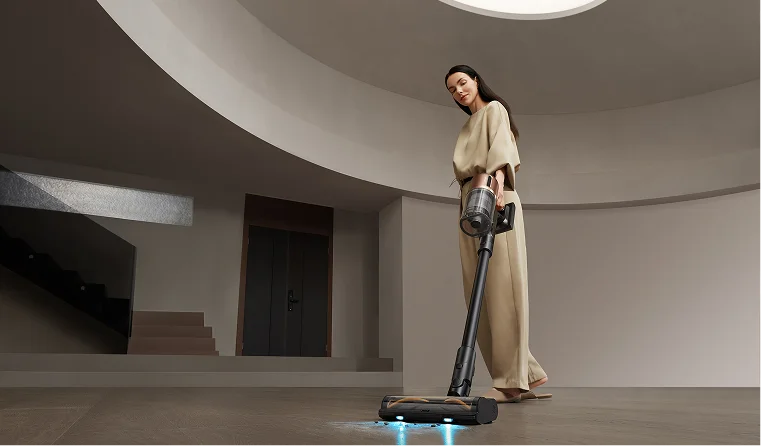





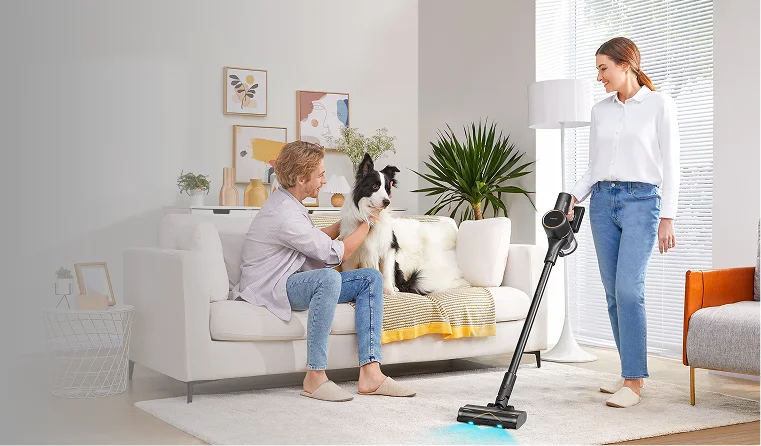

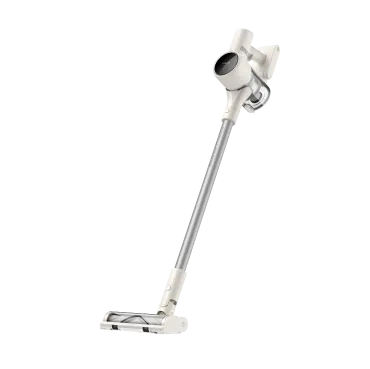
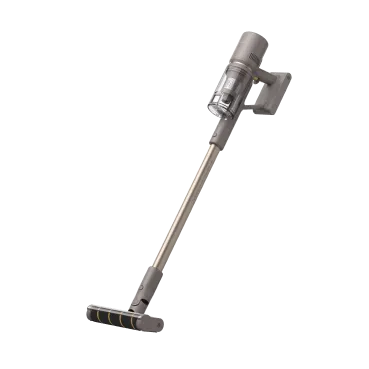
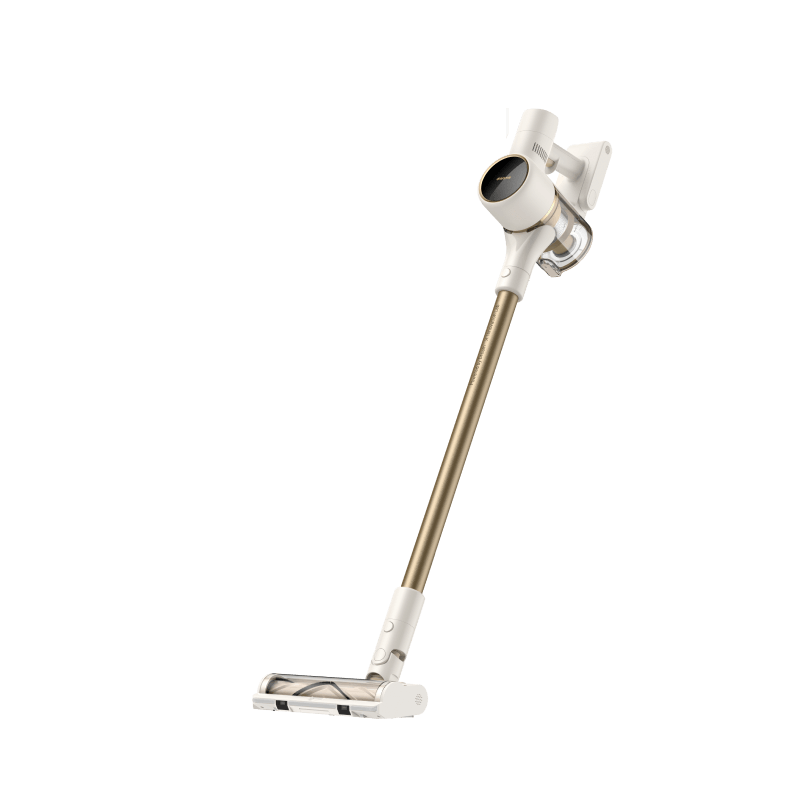



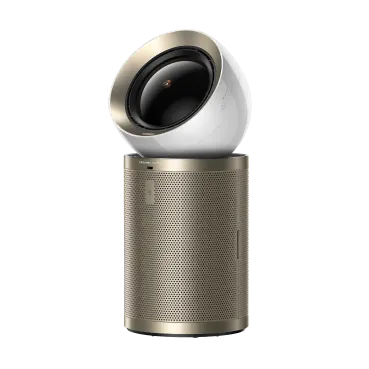
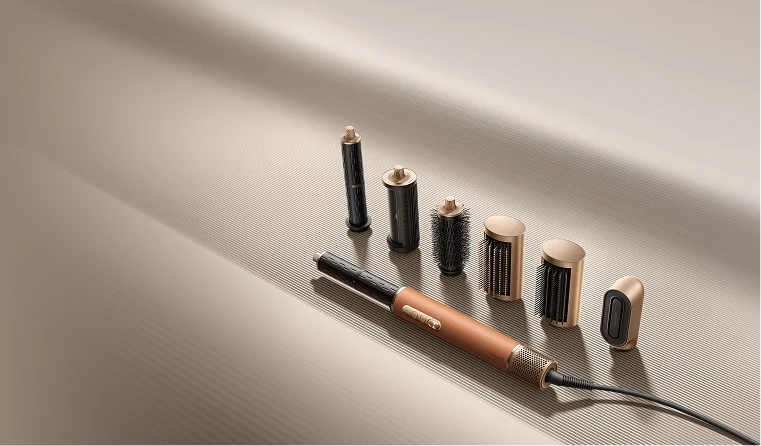
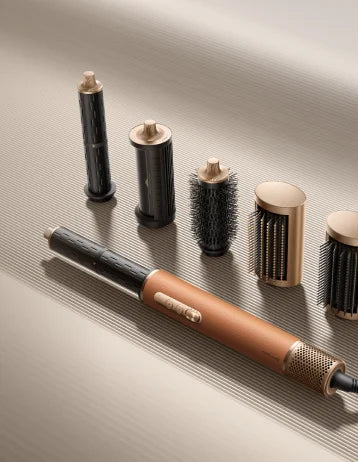



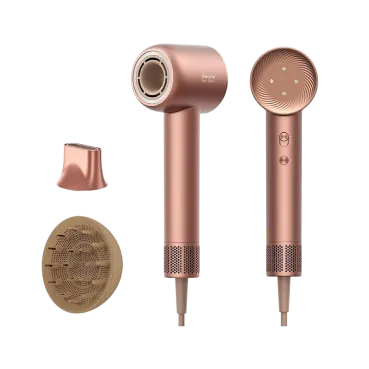



















 Australia
Australia 中国大陆
中国大陆 日本
日本


 Türkiye
Türkiye


 Italia
Italia
 Netherlands
Netherlands Belgium
Belgium
 Greece
Greece Polska
Polska
 Norway
Norway
 Sweden
Sweden
 Finland
Finland
 Denmark
Denmark
 Hungary
Hungary Czechia
Czechia
 Slovenia
Slovenia
 Croatia
Croatia
 Switzerland
Switzerland United Kingdom
United Kingdom
 Canada
Canada


